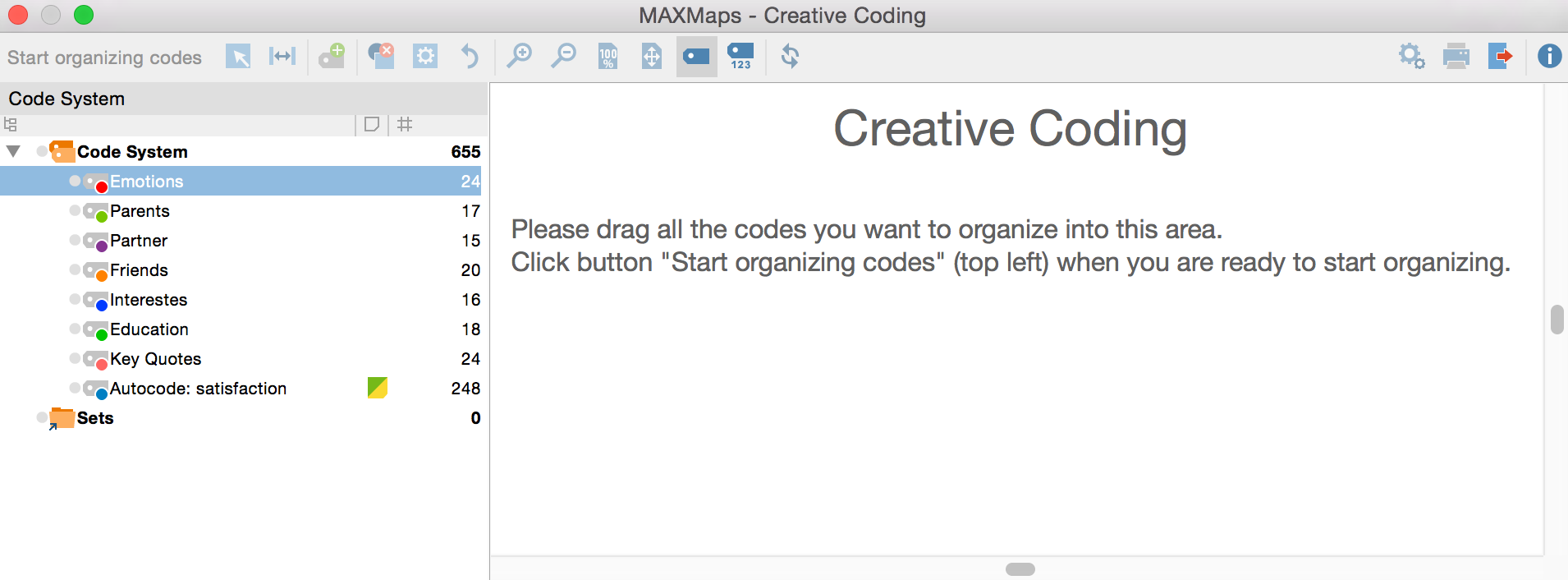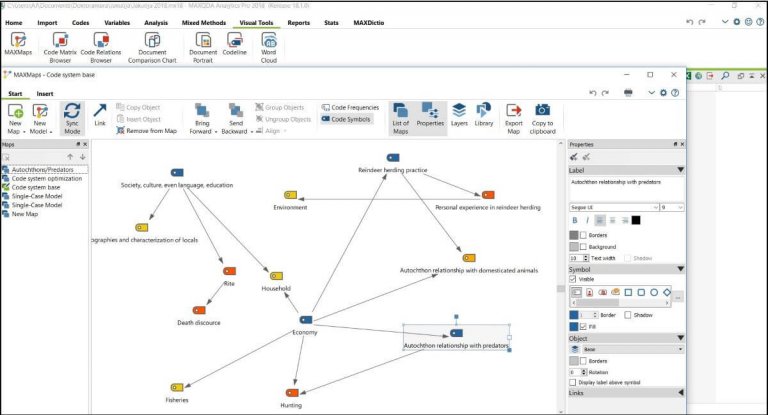

Navigate to where you save the file and click on it to bring it in. To import the file, click on Import document variables under the variables tab. If you create your spreadsheet as a Google Sheet like I did, you can save it as an Excel file even if you don't have Excel on your computer, save it someplace where you'll be able to find it easily. MAXQDA will allow you to import data in Excel or SPSS files. Of course these variable definitions can coexist and you can see what's most useful down the road. It could have been generations ago just like my family. We know her mother's Chinese, but we don't know anything about migration to the US. In one story, almond cookies, we don't really know if there's a migration story. But, if we're interested in family migration that lends an international flavor to the story, we would categorize the stories differently. If the question is whether the author her or himself migrated, then awkward lunch is the only one. Of course, you need to think about what you mean by this. So for instance, we could categorize the stories in our project as having migration as a component of the story or not.

But I'd like to remind you that we can also create secondary variables based on information we've gleaned from the stories. We've already talked about entering socio-demographic data as variables. The rest of the column headings will become your variable names. The first row of the variable is the column heading and the first two columns must be called document group and document name. Here's a Google Sheet with this key information entered. So, if you used a capital letter when you entered stories as the document group, you'll need to use a capital letter in that column of the spreadsheet. And the information in each of the cells must be identical to what's in your MAXQDA file. So the first two columns in your spreadsheet must be called document group and document name. MAXQDA uses the document group and document name, to match variables in your spreadsheet to the documents in your project. The key to successfully importing variables from a spreadsheet is making sure that your MAXQDA project and the spreadsheet have identical information in two fields. This is particularly useful in mixed methods approaches where you may have a lot of quantitative data in addition to your qualitative data.
Exporting your coding system from maxqda to excel how to#
In this video, I'd like to show you how to import variables from a spreadsheet into MAXQDA.


 0 kommentar(er)
0 kommentar(er)
